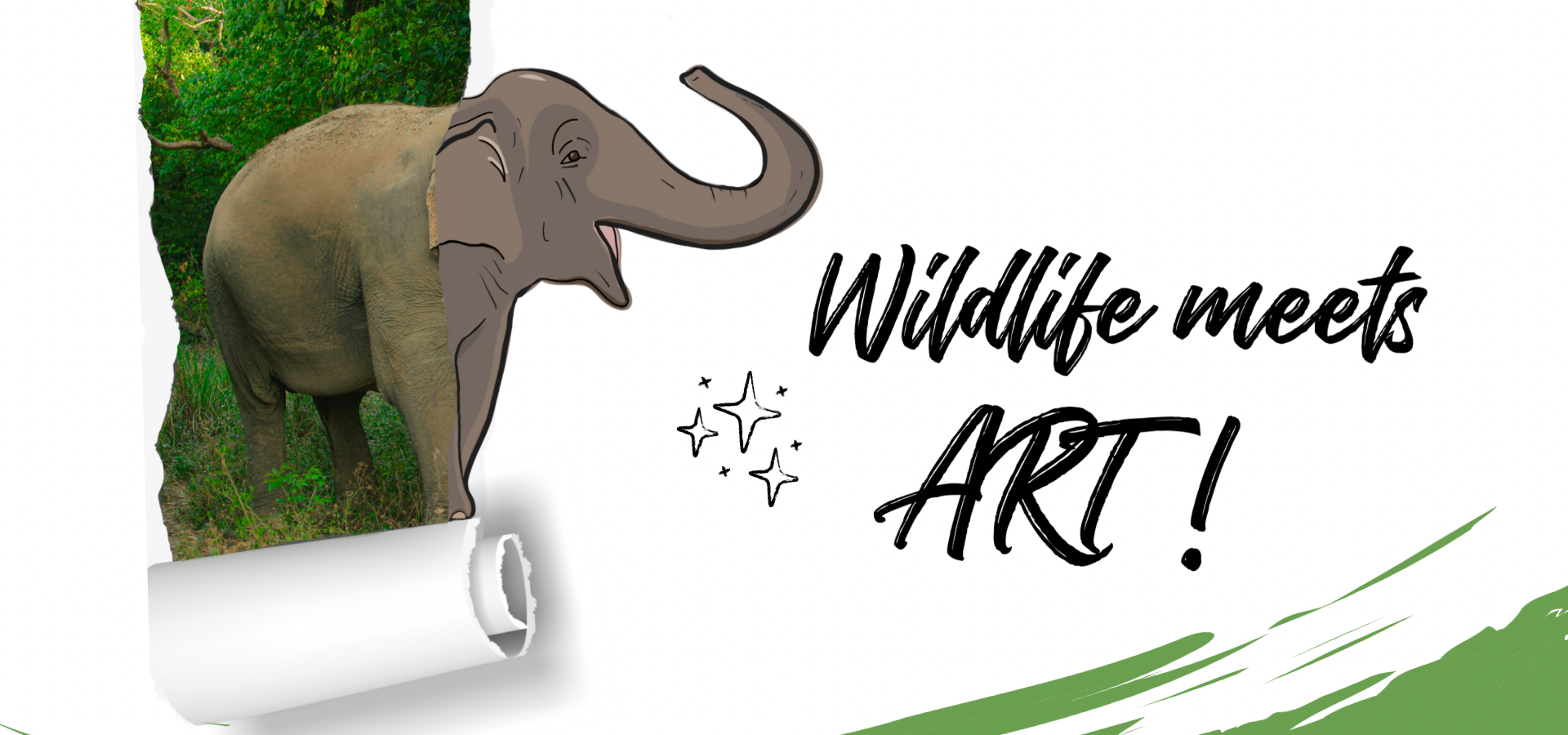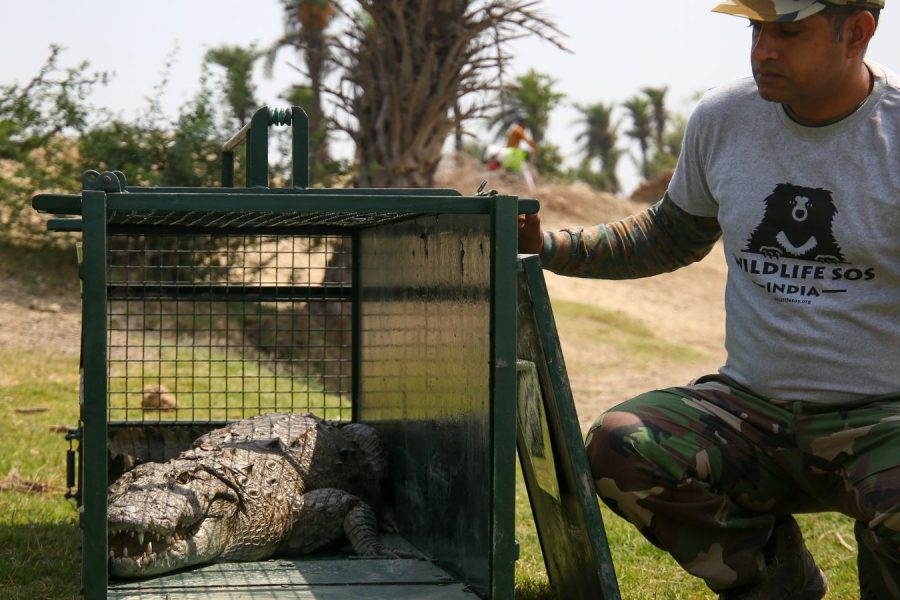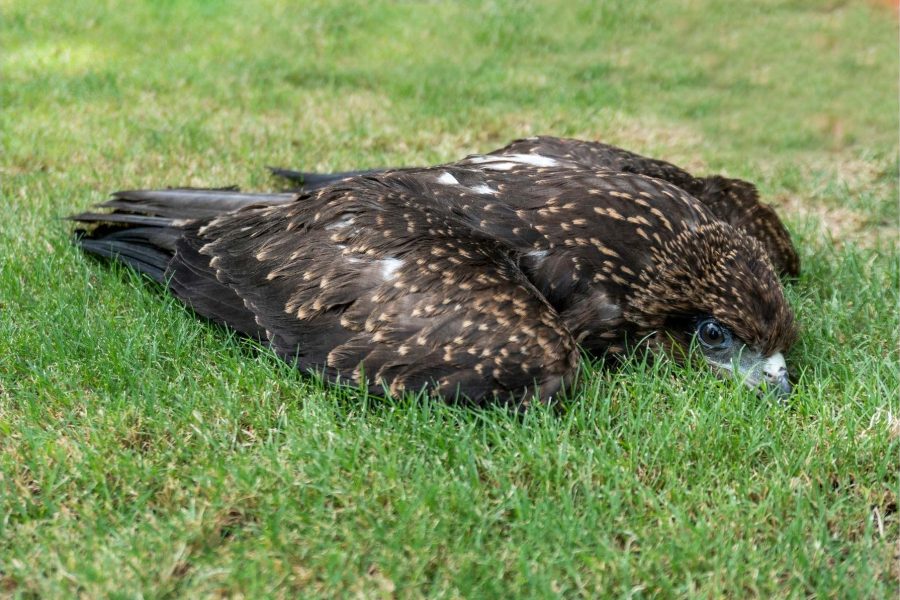This year on June 5th, World Environment Day, Wildlife SOS launched an art contest on the theme ‘Wildlife Meets Art’ to promote conservation through art. The aim was to encourage artists and wildlife enthusiasts to express their appreciation for our environment and the residents of nature.
What is Wildlife Art?
Humans have long been drawing inspiration from the natural world in their art, as evidenced by ancient cave paintings and sculptures discovered all across the globe. A recent study uncovered the oldest cave art to be around 51,200 years old, making it 5,000 years older than the one that was previously given this title. The painting, made in red pigment, depicts three anthropomorphic figures interacting with a wild pig. It conveys a sense of dynamic action, and highlights the early development of visual storytelling. What is astounding is the theme that was chosen to create this early art — the relationship between humans and animals.
From cave paintings to folklore, from scientific illustrations to other contemporary works, Earth’s fauna has always found itself as one of the central inspirations in art. Art on wildlife can nurture a sense of wonder towards nature and its occupants, and our interconnectedness with them.
Our relationship with wildlife has seen significant evolutions, from hunting animals in order to survive to now advocating for their conservation. A rising art movement known as ‘Environmental Artivism’ or ‘Wildlife Artivism’, aims to not only highlight the serenity of the natural world, but also the threats it is facing and the urgent need for its protection. This movement serves as a powerful catalyst for conservation.
Art is a universal language that doesn’t require any formal education to create or observe, and holds enormous power that goes beyond generating awareness. It has the potential to revolutionise our actions!
Why do we need a Revolution?
Ever since the Industrial era, anthropogenic activities have resulted in the exponential degradation of our environment, leading to the extinction of species at a rate that is between 1,000 and 10,000 times higher than the natural extinction rate. Over 45,300 species, which is approximately 28% of life on Earth, can be lost forever. Of these, amphibians are the most threatened at 41%, with 26% of mammal species and 12% of birds on the verge of disappearing.
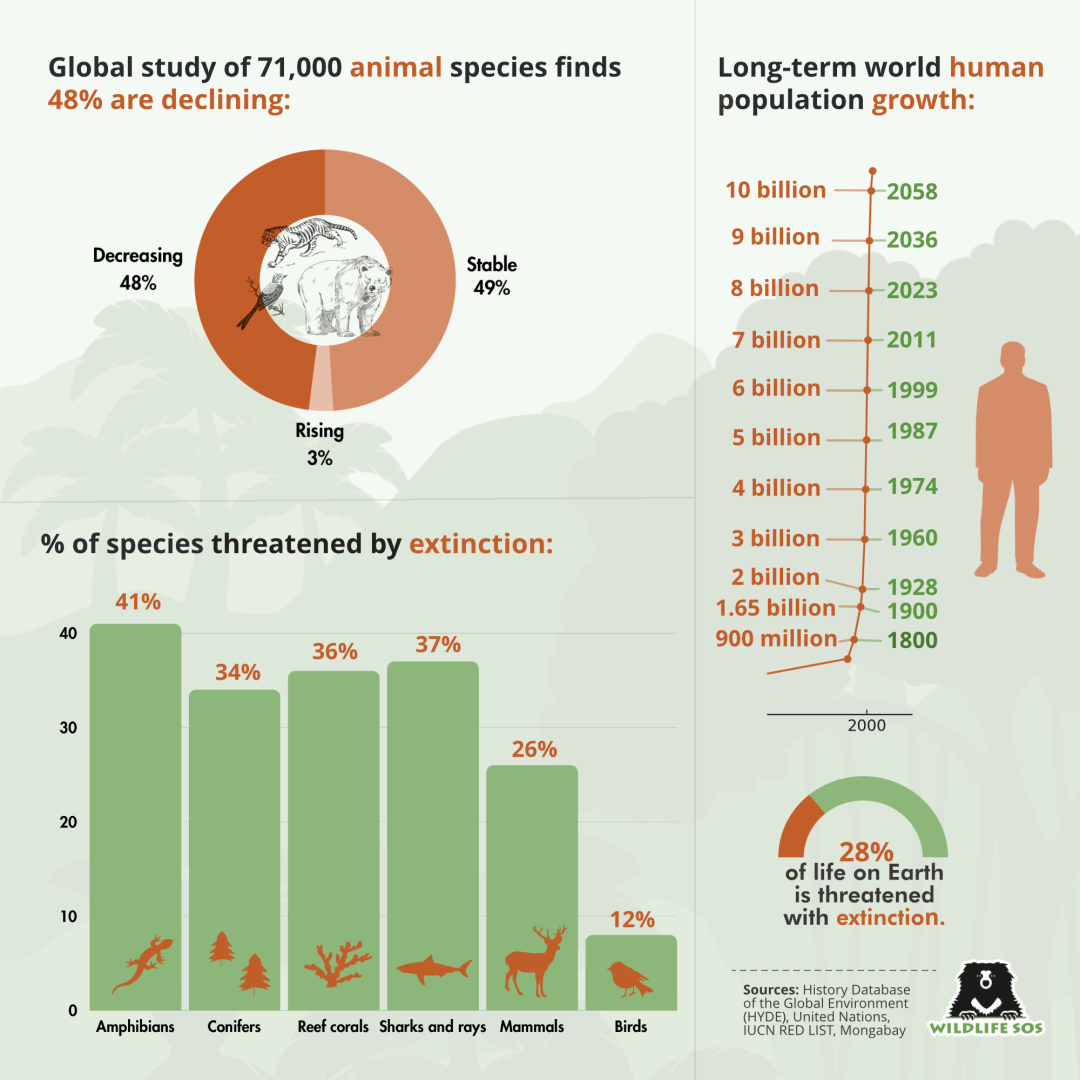
The rapid loss of species is so severe that scientists believe we are on the brink of a mass extinction and may have entered a new geologic epoch, the Anthropocene, where human activity has started to have a significant impact on the planet’s climate and ecosystems. Climate change, spread of zoonotic diseases, increase in the population of invasive species, habitat loss due to deforestation and fragmentation, poaching, and so much more are happening at a rate that is much faster than what the animals, or even humans, can adapt to.
Every species plays a crucial role in our ecosystem and the food chain. Thus, it is crucial to conserve wild species, and in turn, the health of our environment.
Entries for Wildlife Art Contest
Wildlife SOS launched the art contest to invite not only artists and wildlife enthusiasts, but also those from all walks of life to find inspiration and create art that expresses their connection with nature and its inhabitants. Whether they wished to scribble, doodle, paint, sculpt, or create digital art, we welcomed their unique perspectives and creativity with arms and eyes wide open.
We were thrilled to receive an overwhelming response with art pieces that expressed profound statements! With such outstanding submissions, we were in a fix to declare the best of the best. We are delighted to announce the three winners who put forward exceptional skills in telling a powerful story through their art.
Rhinoceros: A Keystone Species
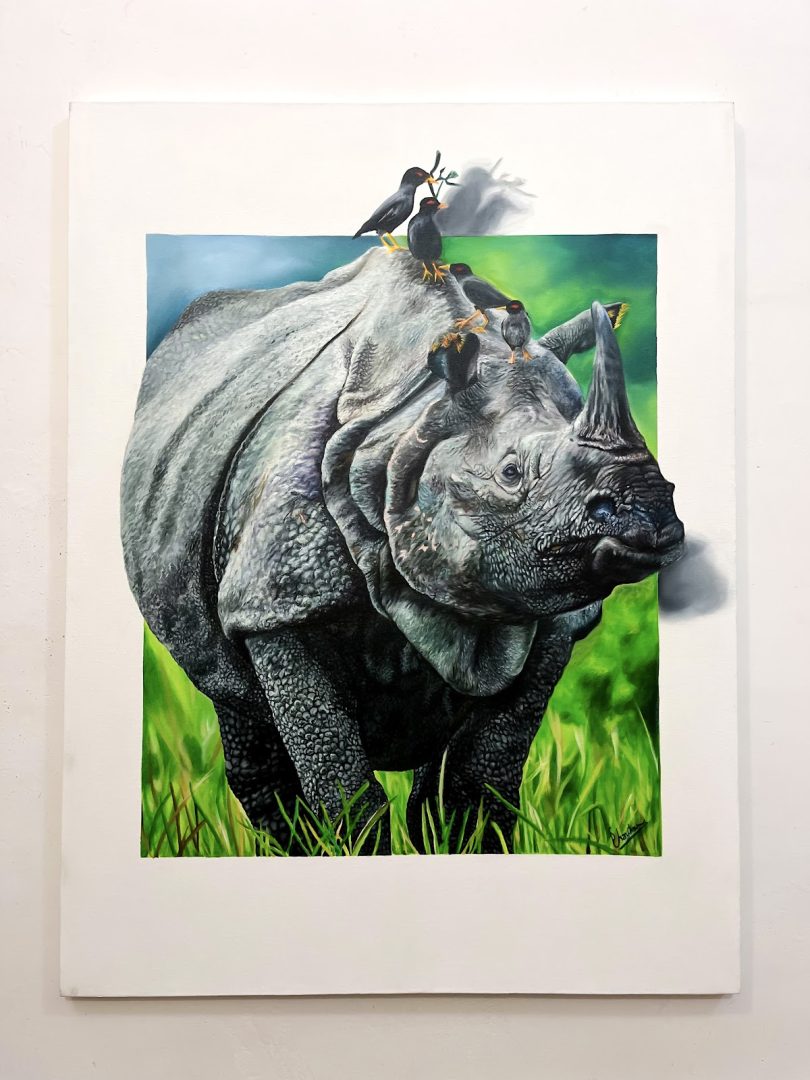
Deeksha’s artwork brings the animals to life, and showcases the interspecies harmony while capturing the texture of the rhino’s skin beautifully.
(Un)Friendly Neighbourhood
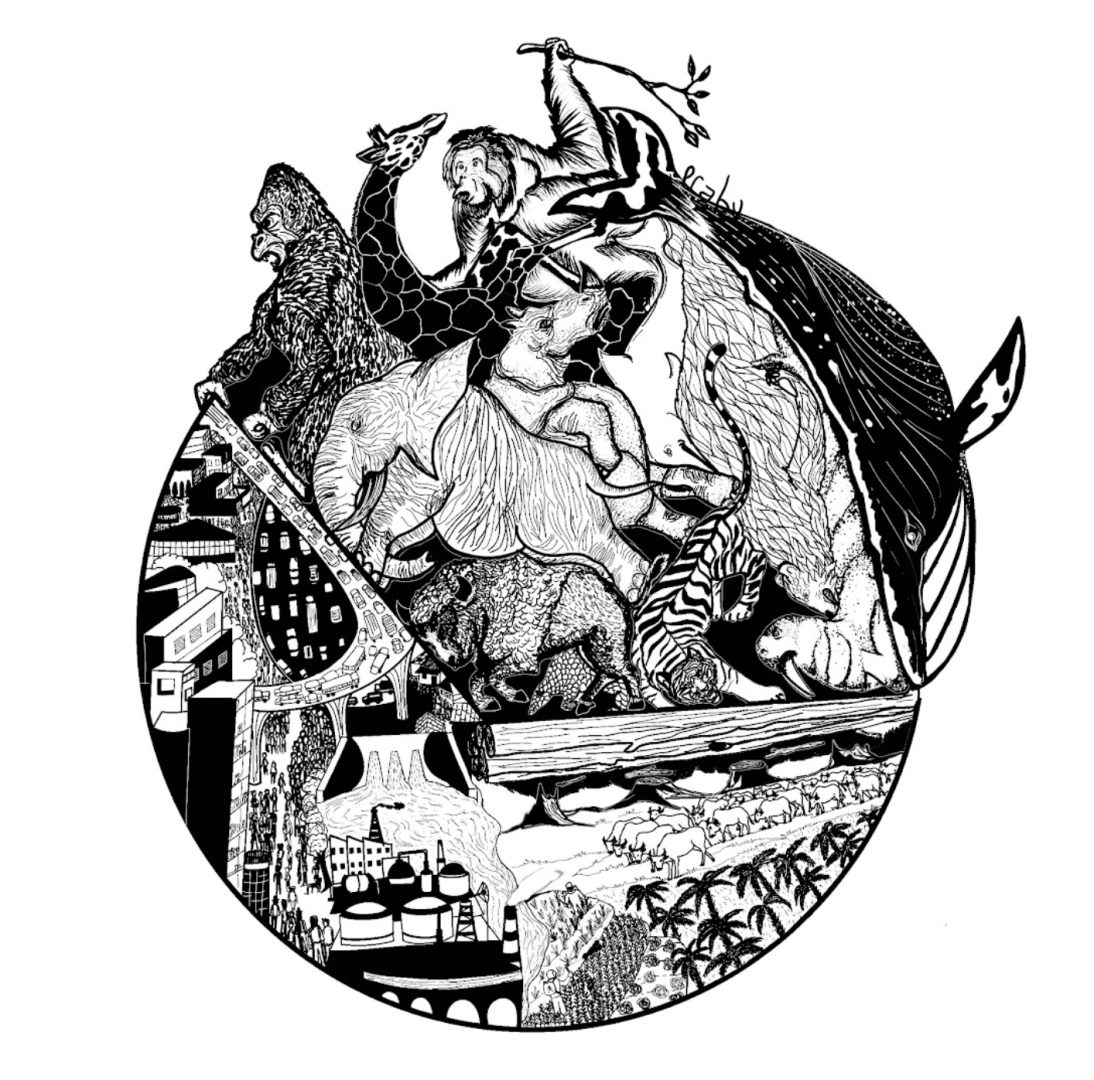
In his intricate artwork, Sundar remarkably showcases numerous species while highlighting the stark divide between the human-made and the natural world.
‘The BFG’: Big Friendly Giant

Ananya’s delicate watercolour strokes capture an elephant’s grace and playfulness. The minimalist style displays tranquillity, allowing us to appreciate these gentle giants.
Other notable artworks highlighted the charm of the wild animals and the urgent need for its protection:
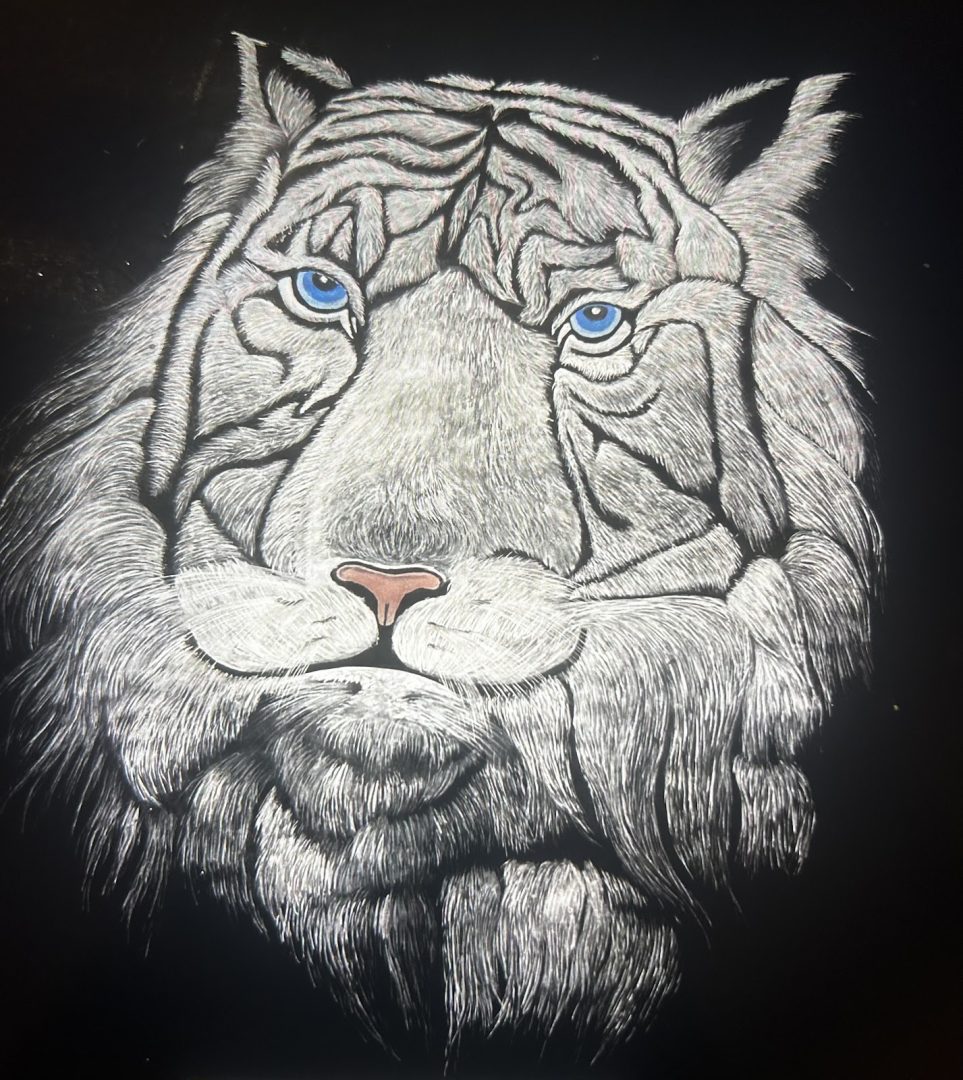

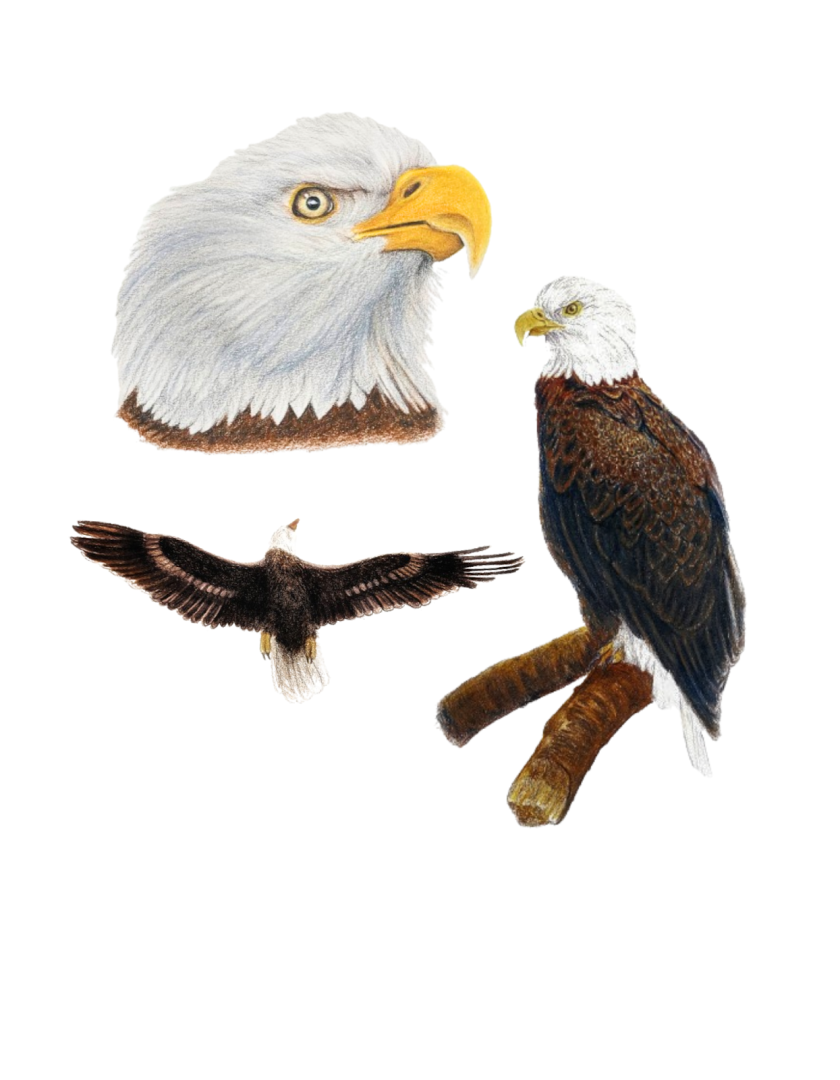



Congratulations to all!
As we celebrate these admirable artworks that deepen our connection with wildlife, it is important to remember that we have the power to make a real difference in the lives of the wild animals in need.
Join us in our effort to protect wildlife by becoming a monthly donor towards our tireless conservation efforts! Your contributions will play a crucial role in helping us safeguard animals caught in unfortunate situations of distress.

